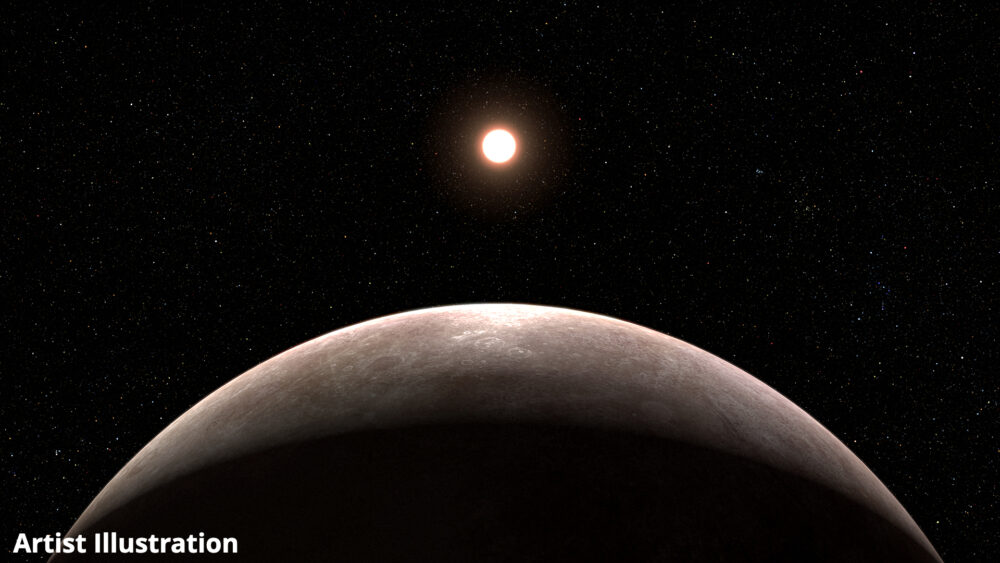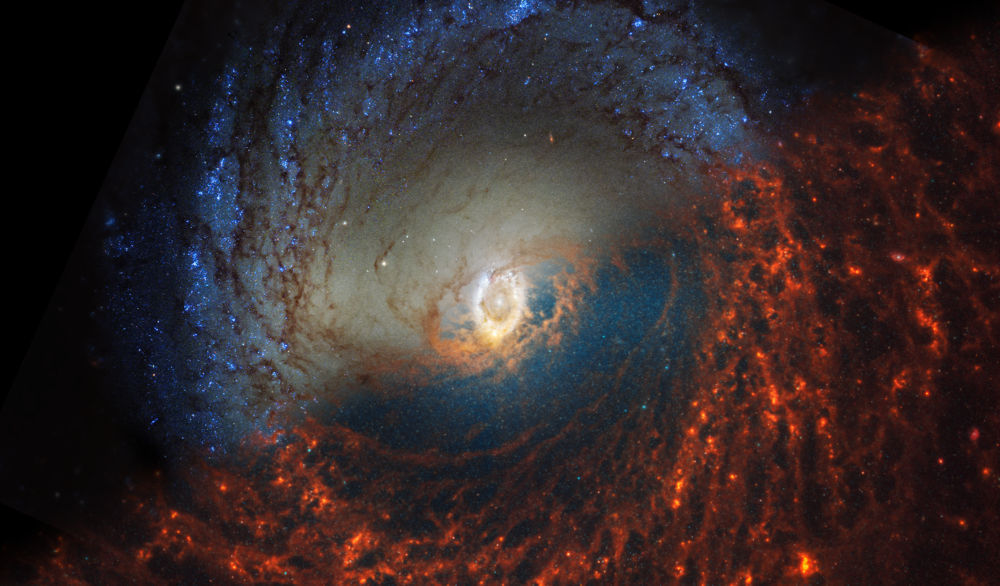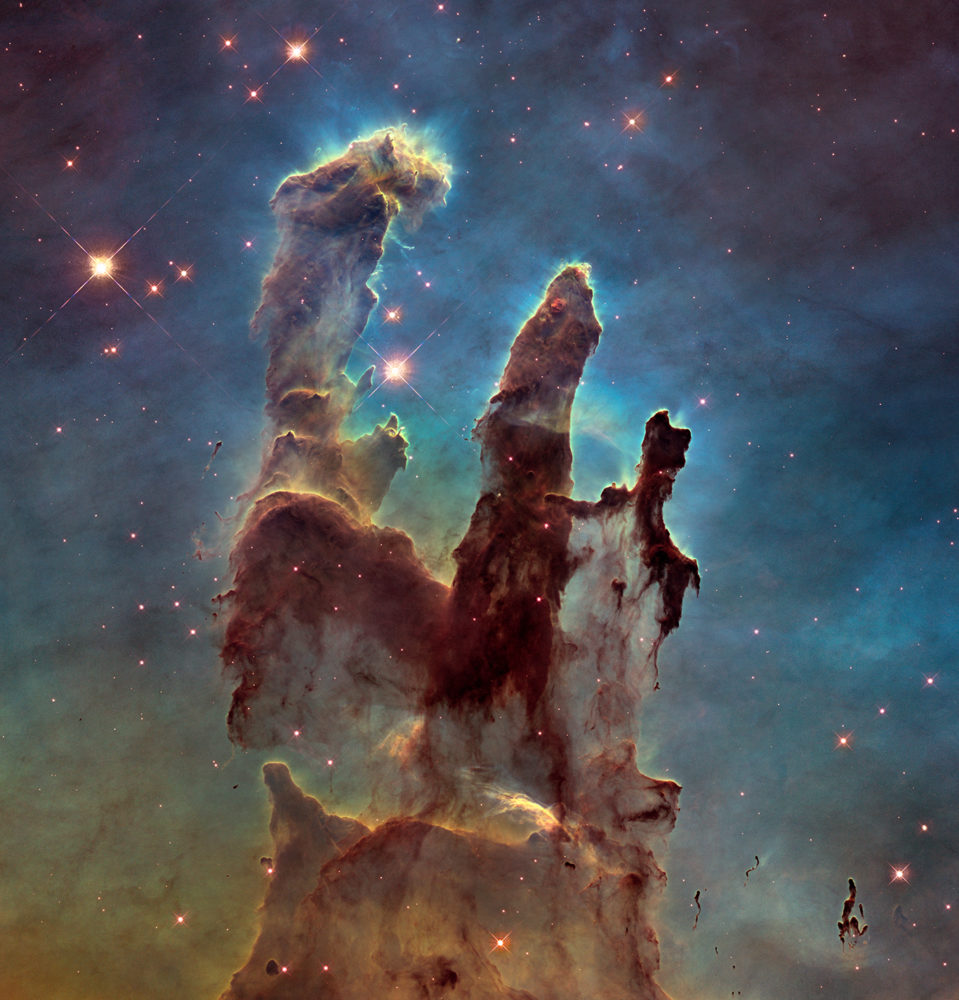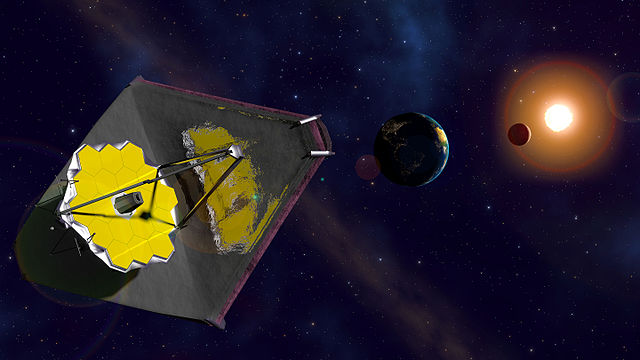
Bijan Nemati is the chief scientist and founder of Tellus1 Scientific. He received his Ph.D. in high energy physics from the University of Washington, based on his research on heavy quark decays detected at the Stanford Linear Accelerator Center. After post-doctoral work at the Cornell synchrotron, he left particle physics to work on advanced astronomical instruments at the Jet Propulsion Laboratory.
Inspired by work by other Discovery Institute fellows, particularly the Privileged Planet by Drs. Guillermo Gonzalez and Jay Richards, Dr. Nemati led several key testbeds at JPL that together demonstrated the feasibility of astrometric detection of Earth like exoplanets in the habitable zones of nearby sun-like stars. While it is now clear that genuine Earth-like planets around nearby sunlike stars are quite rare, the debate about their existence and abundance must be informed by searches with instruments that have the sensitivity to detect them.
Dr. Nemati’s work on the NASA flagship Space Interferometry Mission (SIM) proved that the instrument could self-calibrate at the levels needed to detect exo-Earths. In particular, his team demonstrated the self-calibration of SIM’s key optical distances with an error of less than the radius of a hydrogen atom, and astrometric angle measurements to less than a billionth of a degree. For these achievements Dr. Nemati was awarded NASA’s Exceptional Engineering Achievement Medal.
Since 2014 Dr. Nemati has been part of the development team of the Coronagraph Instrument (CGI) which will be part of NASA’s Roman Space Telescope, which is scheduled for launch sometime after 2026. Almost all current methods that seek to detect exoplanets do so indirectly, by observing changes in the star’s position (astrometry method), intensity (transit method) or spectrum (radial velocity method). The simplest conceivable detection method has been elusive because of the overwhelming light for the planet’s host star. CGI is designed to scatter away the host star’s light in order to enable the detection of photons from the exoplanet itself. Dr. Nemati has made significant contributions to this mission, including system engineering, selection, modeling and testing of its photon-counting detector, and integrated modeling of the instrument performance. While Roman CGI will not have the sensitivity to detect exo-Earths, it will serve as the technology steppingstone for the upcoming missions that will. In 2020 and 2023 Dr. Nemati authored two major papers on the system engineering of the exo-Earth imaging space telescopes, with direct application to the next generation missions.
For the last four years, Dr. Nemati has been pleased to have Dr. Guillermo Gonzalez join and collaborate with him, first at the University of Alabama and more recently at Tellus1.
Archives


Bijan Nemati on the Search for Habitable Planets

How Earth Is Designed for Life (Dallas Conference on Science & Faith 2024)

Dallas Conference: Earth’s Outstanding Fitness for Life, and Its Implication for Intelligent Design

Bijan Nemati on Another Big Space Telescope, and The Privileged Planet

Minimal Complexity Problem in Prey Detection by the Sand Scorpion

Astrophysicist Bijan Nemati on Why Intelligent Design Matters

Bijan Nemati on What the James Webb Telescope May Discover

A Webb Telescope Tour with Space Telescope Expert Bijan Nemati

Bijan Nemati on Finding Another Earth

Science Uprising 04: Fine Tuning
You Don't Suck